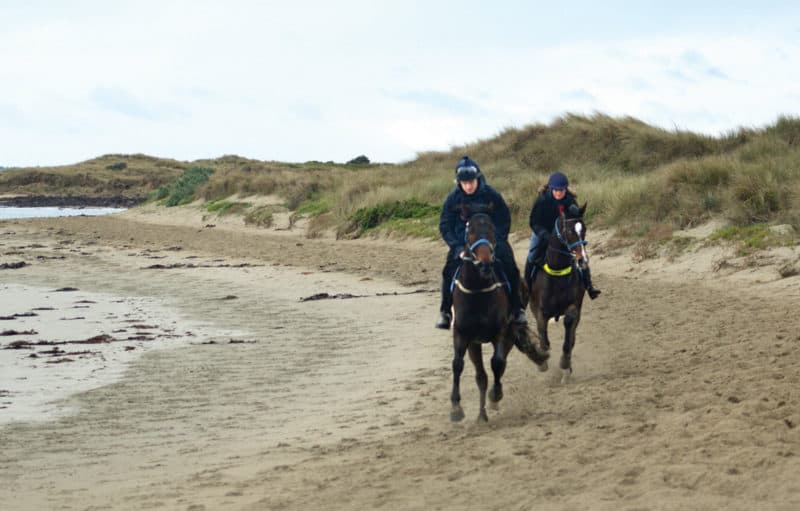PARK WATCH June 2017 |
This year marks the 20th anniversary of Project Hindmarsh and the Hindmarsh Landcare Network. Hindmarsh Landcare facilitator Jonathan Starks looks back over their history.
What started out as a conversation on a living room floor in 1997, looking over recently produced roadside vegetation maps, grew into a grand vision to link the Little Desert and Big Desert.
The first planting year may have seemed a bit ‘make it up as you go along’, yet a huge amount of effort went into organising it. Over 300 city and country volunteers participated in that first community weekend.
Since then, Project Hindmarsh has grown into one of Australia’s flagship community Landcare initiatives,
having planted over half a million trees and sown nearly 3,000 kilometres of direct seeding.
Project Hindmarsh has always been about partnerships. The project has forged valuable partnerships with federal and state government agencies, with Greening Australia, Wimmera Catchment Management Authority,
Hindmarsh Shire Council, Wimmera Landcare groups, local businesses, landholders and the community.
One of our key partnerships since the beginning has been with the Victorian National Parks Association. More than 100 VNPA members turned up for that first plant-out in August 1998. The annual commitment of VNPA volunteers who travel up to the Wimmera each year, come rain, hail or shine, has been instrumental in the ongoing success of this city-and-country community planting weekend.
This year, Project Hindmarsh will again be based at Little Desert Nature Lodge and aims to plant 12,000 trees and shrubs across four properties. Of these, 6,000 will be planted across two properties in Jeparit, where the Wimmera River drains into Lake Hindmarsh.
The other 6,000 plants will be planted on two properties near Dimboola, in Buloke woodland country.
For the first time, Project Hindmarsh undertook Aboriginal cultural heritage surveys of planting sites. The two Jeparit sites are next to the river and are known to contain fireplaces, middens and scar trees. The cultural heritage surveys identified a number of significant sites, and so the planting areas have been modified to be sensitive to these areas.
The Dimboola properties, owned by the same landholder, contain significant stands of endangered Buloke woodland. The plantings here will restore the understorey of one degraded woodland patch, and revegetate a former house site in another Buloke patch.
Both sites are rich in farming history.
Registrations for Project Hindmarsh 2017 are now open. The registration page can be accessed via the Hindmarsh Landcare Network facebook page or through www.hindmarshlandcare.org.au
If you would like to volunteer for the 20th annual planting weekend, experience the ‘wild west’, explore cultural history and plant a few trees, we would love to have you along.
